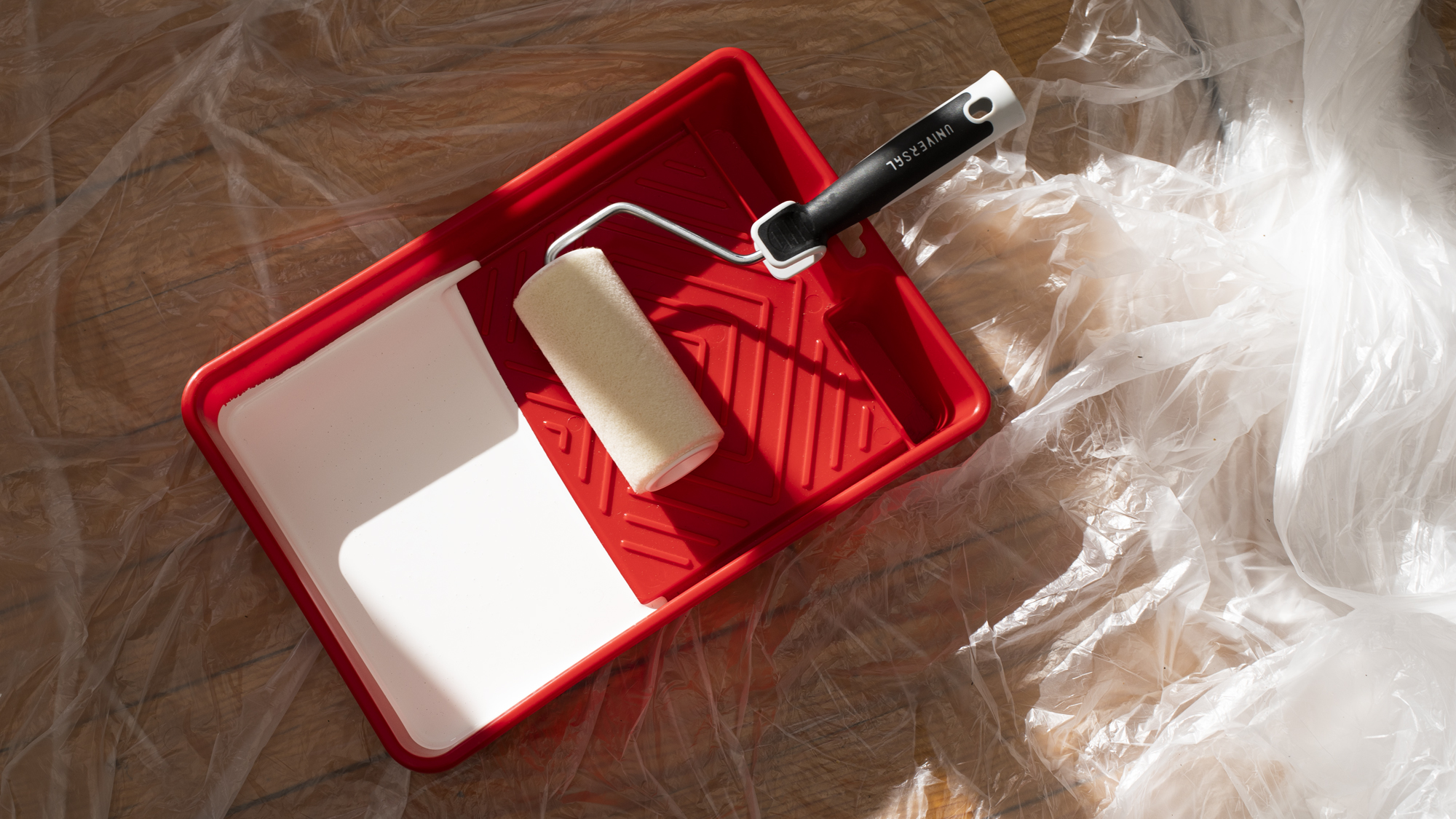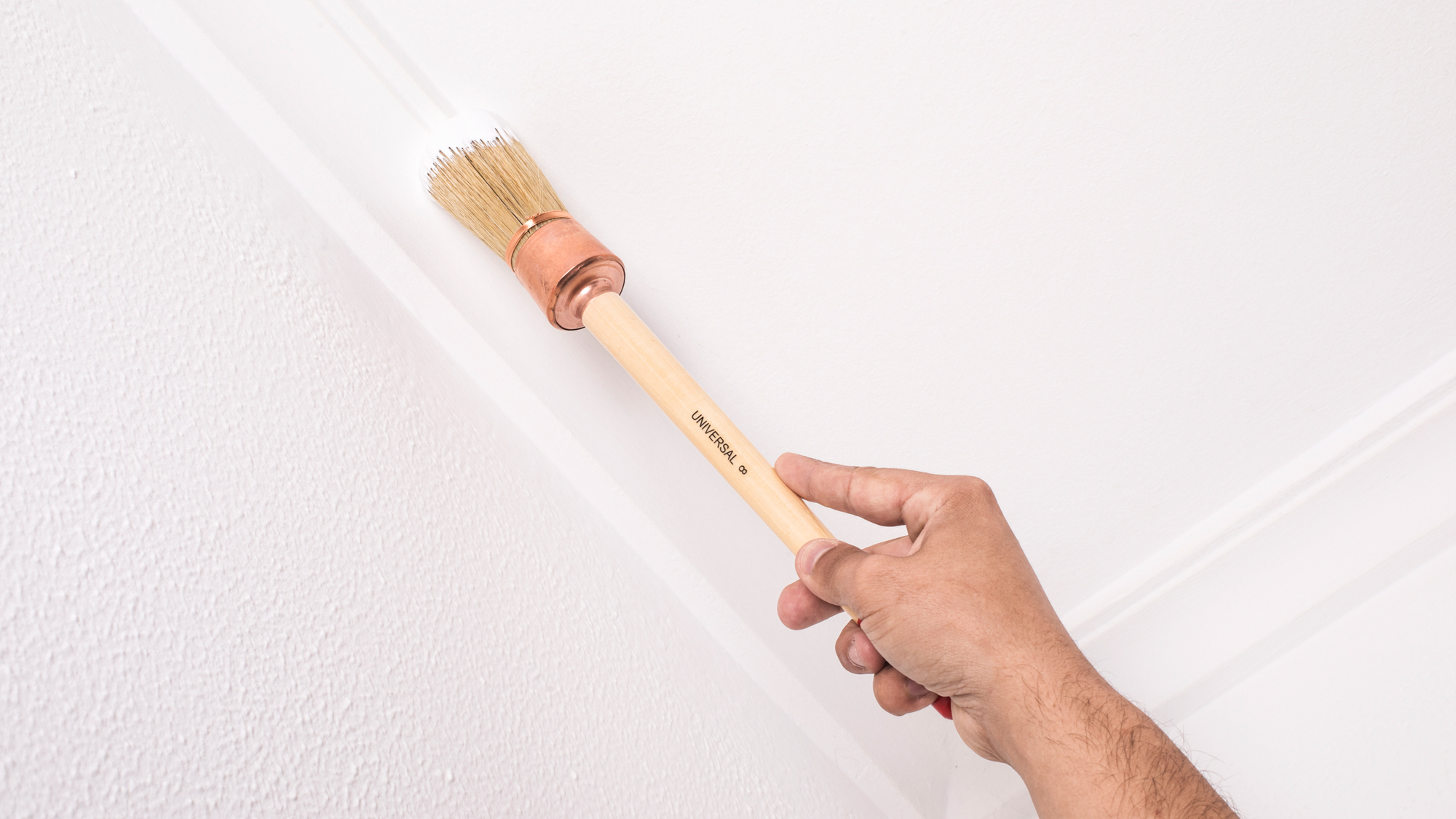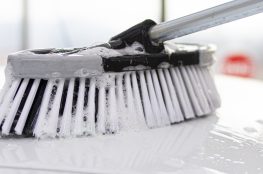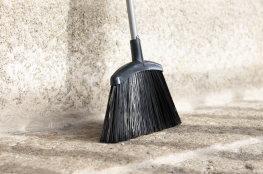We are specialists in the manufacture of products for the application of paints and enamels.
We want to help you choose which ones are best suited to your needs.
BEFORE PAINTING
The first thing to do is to know the surface in order to choose the right tools. In addition, it is also very important to know the type of paint or varnish that we are going to apply, in order to get the most out of our tools and avoid possible damage caused by incorrect use. Once you have identified the surface, you can make the right choice from our range of products.

smooth surface
You will need tools that provide a finer finish.
inner surface
You may encounter hard-to-reach areas such as radiators, corners, furniture and require special tools.
water-based paint/enamel
They are easy to wash, with soap and water you will obtain an optimum result and leave your tools ready for their next use.
rough surface
You may need special tools such as tempering trowels.
outer surface
You may encounter high areas and need an extension pole for your tools.
solvent-based paint/enamel
They are more resistant but also more difficult to remove when cleaning tools. You will need to use solvent, so you must choose your brush, roller, etc. correctly.
CHOOSE WELL
By choosing the right painting tools, you can achieve a high-quality paint finish and save time and effort in the process. Make sure you choose high quality tools that suit your needs and are suitable for the type of paint you are using.
KNEES
They are excellent for painting large areas, such as walls and ceilings. Be sure to choose a high quality roller that has a good quality cover. Mohair or wool covers are best for oil-based paints, while foam covers are best for water-based paints.
PAINT TRAYS
Paint trays are ideal for rollers and brushes. Choose a tray that is large enough for the tool you are using and has a smooth surface so you can distribute the paint evenly.
ADHESIVE TAPE
They are ideal for covering areas you don't want to paint, such as windows, moldings and baseboards. Be sure to choose a tape that is of good quality and will not damage the surface when removed.
BROCHURES
They are ideal for painting small areas, details and moldings. Choose a high quality brush that has soft, flexible bristles. Natural bristle brushes are best for oil-based paints, while synthetic brushes are best for water-based paints.
PAINT BUCKETS
Paint buckets are ideal for painting large surfaces or for use with larger tools such as paint rollers. Make sure the bucket is large enough for the tool you are using and has a grid so you can remove excess paint from the tool.
MASKING PAPER
Masking paper is ideal for covering large areas that you do not want to paint. Choose a paper that is thick enough to protect the paint surface and that will adhere easily to the surface.

Now it is time to prepare the work area.
A very good previous preparation of the area is necessary to avoid possible stains or damage. You will have to protect the areas that are not going to be painted with a cover and painter's tape. You may need to sand or scrape some imperfections from the surface to be painted.

WHILE PAINTING
INTERIOR
Prepare the surface: Clean the surface to be painted and make sure it is free of dust, grease and dirt. If the surface is cracked or peeling, scrape off the old paint and sand the surface smooth and even.
Use quality paint: Use quality interior paint that contains low or no VOCs (volatile organic compounds). Good paint will last longer and have a better finish.
Use quality tools: Use quality tools to apply paint, such as rollers, brushes and paint trays. Quality tools will help you apply paint evenly and save time and effort.
Apply the paint in proper conditions: Make sure the room is well ventilated and the temperature is adequate for the paint to dry properly.
Be patient: Be sure to allow enough time for the paint to dry completely before moving or touching anything you've painted.
The ceiling is the first thing to paint. Start by painting the edges of the ceiling with a round brush.
To avoid splashing, do not soak the roller too much. Start with the part closest to the window (the brightest part) and paint following the direction of the light rays, i.e. parallel to the sun, as possible marks are better concealed.
Once the ceiling has been painted, the next step is to paint the window and door frames (use a brush or a mini-roller).
If a drop of paint has fallen on the walls, remove it (even if it is the same color), paint with the roller from top to bottom and in crossed passes. Try not to leave a wall half painted. for another day (in this way you will avoid marks)
It is advisable to paint in natural light to be able to see possible defects.




